A couple more science stories for your entertainment during these cold snowy days when we can only dream of Morels in the spring. The stories cover the two extremes of human experiences with fungi from the feeling of bliss when eating (a lot of) truffles, Tuber melanosporum, to agony and poisoning from eating European Death cap, Amanita phalloides. Both these stories use the same same analytical technique, liquid chromatography–mass spectrometric analysis, in slightly different ways to quantitate the compounds of interest in fungi. One paper is reporting the discovery of a naturally occurring neuro transmitter in black truffles that creates a blissful feeling. The second publication is a new method to detect and quantitate Amatoxins in urine.
In the first story researches have discovered that Truffles contain a compound, anandamide, that activates the same pathway as some cannabinoids although to a lesser extent. The BBC has coverage of the publication although it has since been widely reported in the press. Alas the original publication is only accessible to subscribers of the journal or those wishing to purchase the article.
The second story has been less widely reported although potentially a lot more important to the people concerned. The authors of the paper describe a more sensitive method to detect and quantitate amatoxins from urine in mushroom poisoning cases. There is a more technical minded summary here and the original publication is again protected by subscription fees.
Another fun observation is that the surname of the last author of the amatoxins paper is Morel which is a nice case of nominative determinism or when the name fits the job.
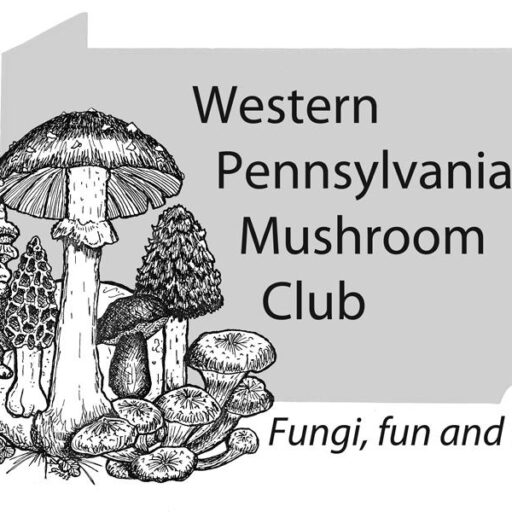
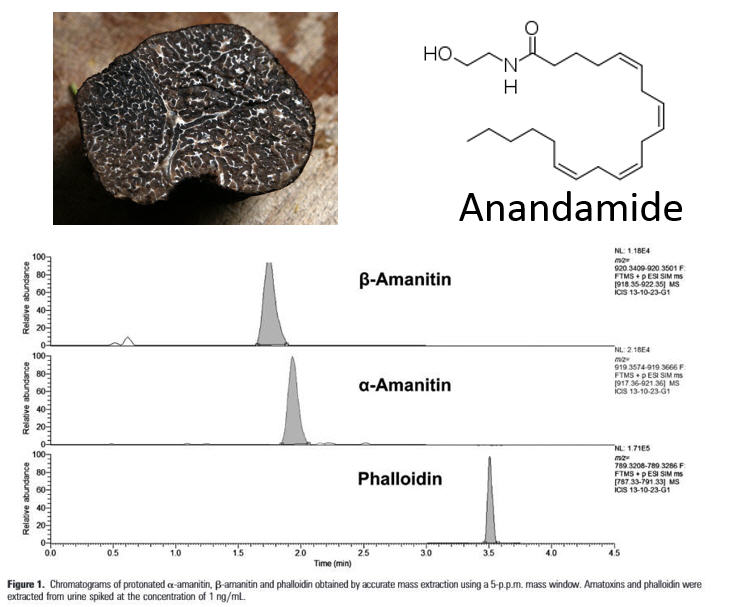

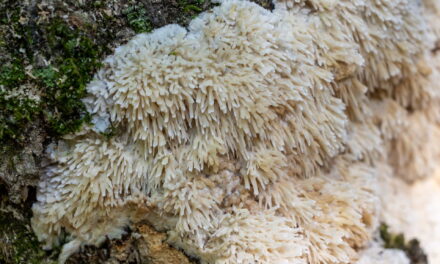
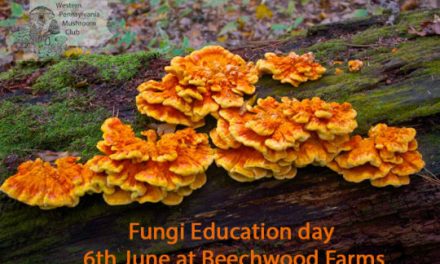
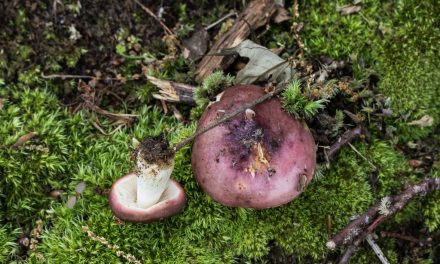

Recent Comments